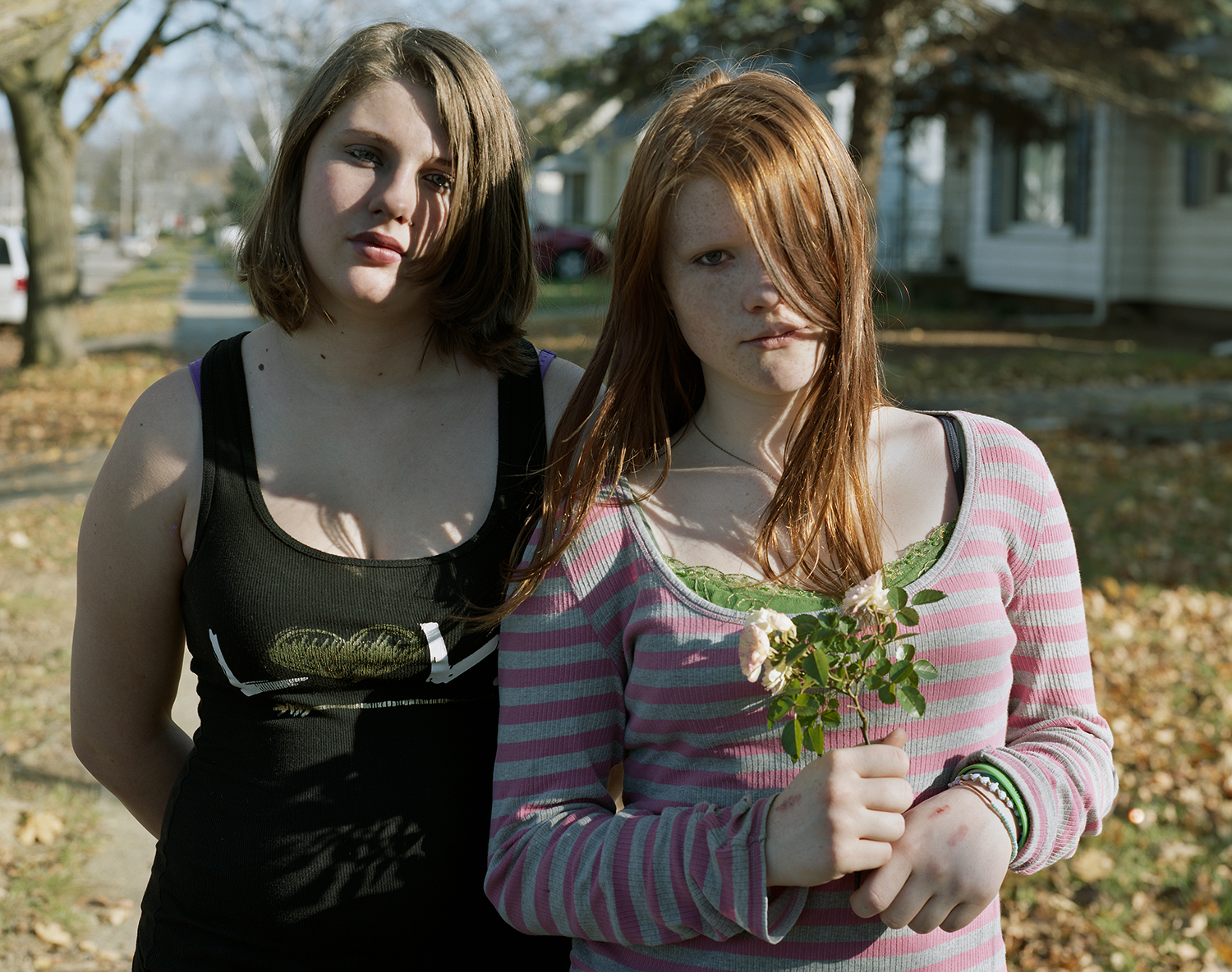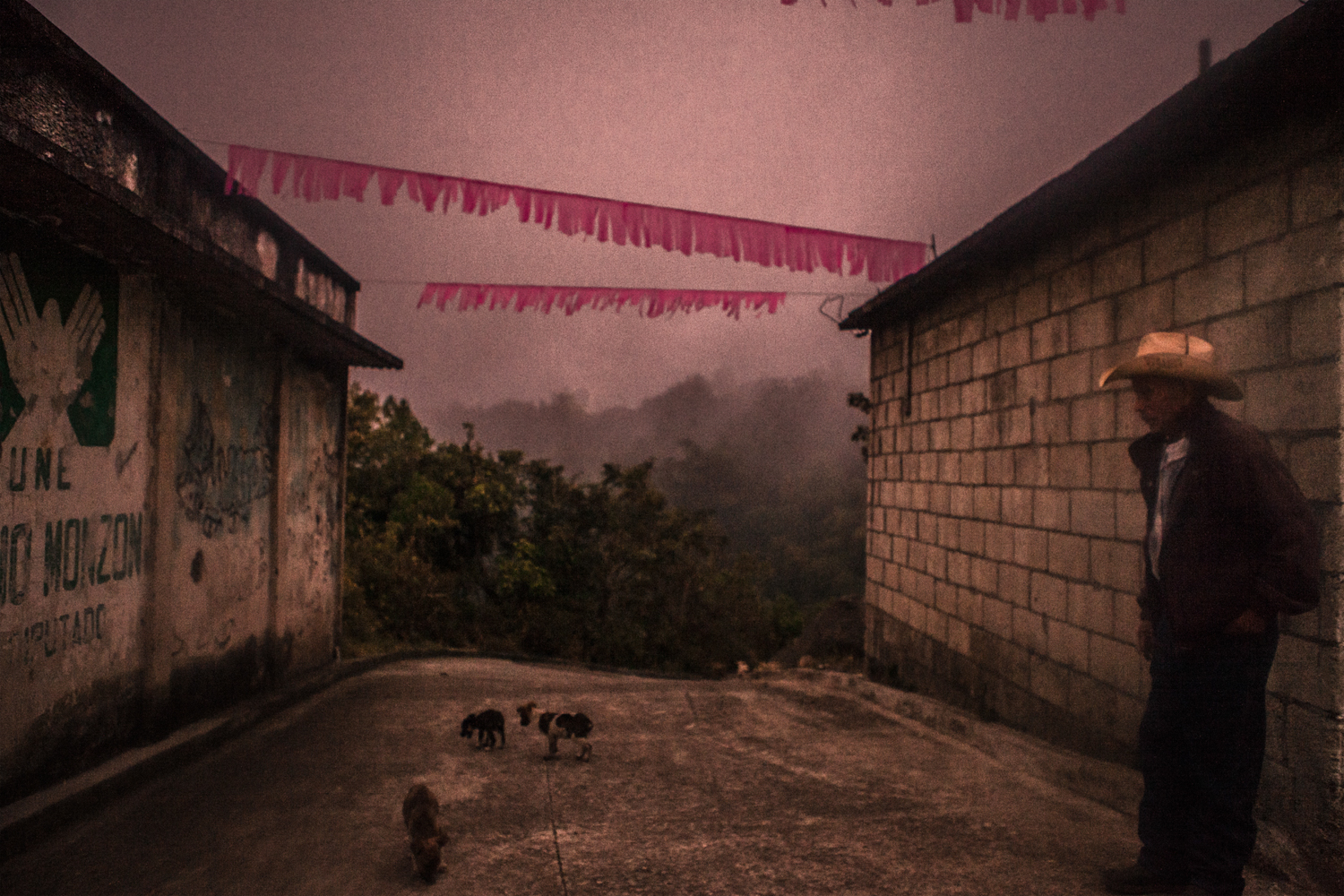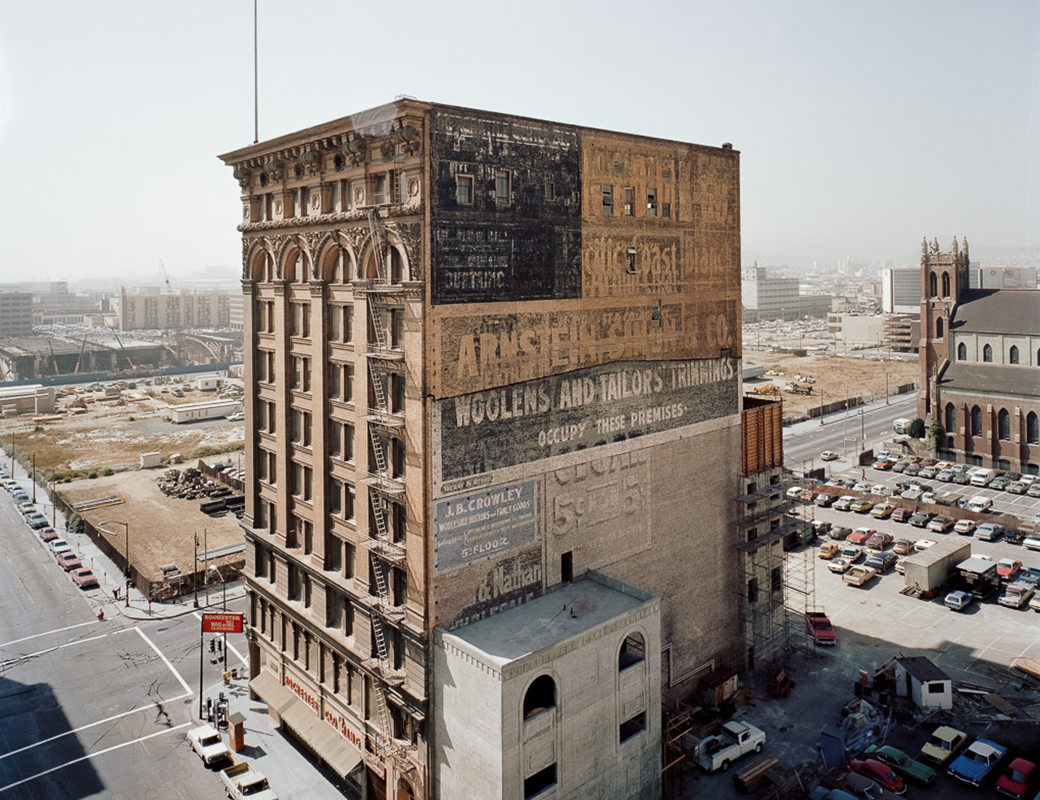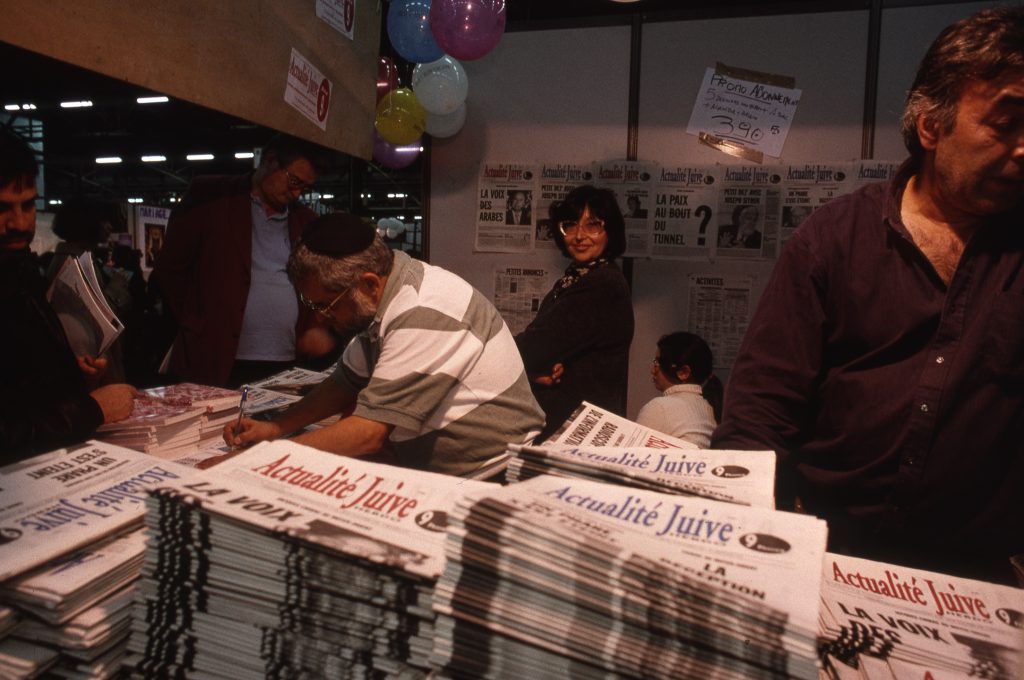
Your work is presented in several chapters in different places. I believe that the first « chapter » is on the Sephardic Jewish community in Paris and its suburbs. Was it a GEO assignment or a personal desire?
The part on Sephardic Jews in Paris and the suburbs was published in Géo, but I was the one who initiated this work. At that time, I needed to get involved in a project that really meant a lot and made sense to me. Something intimate and insightful.

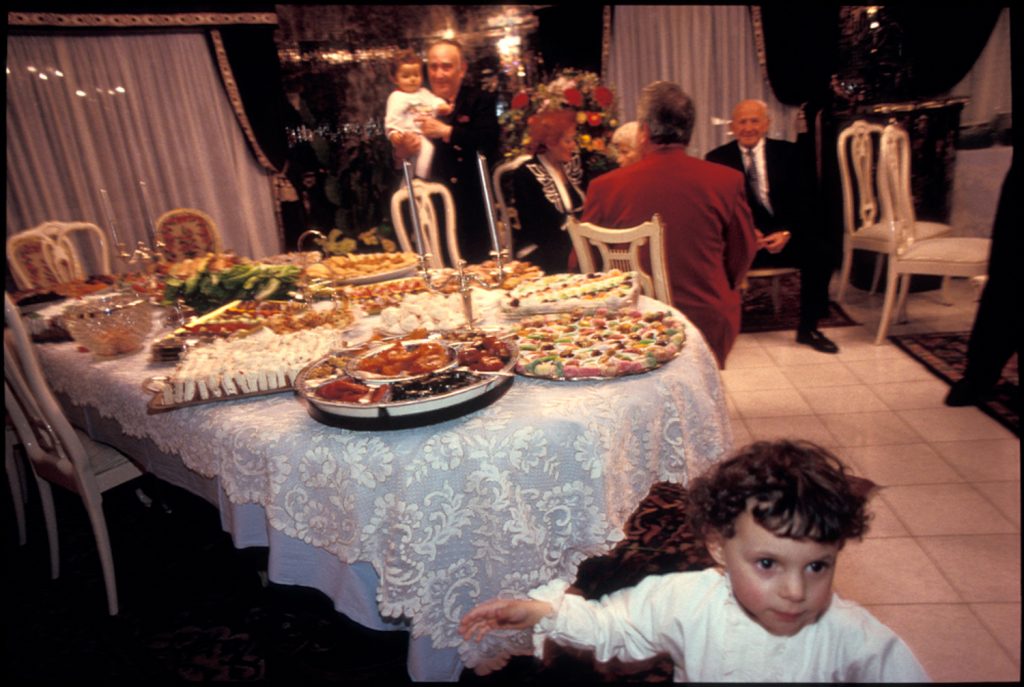
Tell me more about it, about the work on this community and what it means to you ?
I had already gone to Israel to do my reportage « What happened to the Kibbutz », I had just joined Rapho Press Agency and I felt a little obliged to work more in a photojournalistic way than personal. The result was finally very nostalgic! By the time I was 17, I had volunteered in kibbutz for school holidays and probably, unconsciously, I was trying to photograph the traces of a bygone era. But it was 2-3 years later, when my grandmother died, that this project on my origins Sepharadic Jews (I was born in Algeria) has really taken shape. I was about 30 years old, my grandmother disappeared and with her all the questions I had never asked before. Neither a believer nor a practitioner, I wanted to understand this ambiguous feeling that connected me to my Jewish culture. The feeling of being so close and so far away from the Arabs.

So from Belleville to Sarcelle (suburbs of Paris), from wedding to barmitzvah, I stumbled around with my eyes and my questions. I was looking for gestures, looks, familiar faces. I met rich, poor, pious and all those who confuse family tradition with religious practice. I sometimes felt like a tourist in a world that should have been mine, my connection to this community vanished behind my lens, and yet I was immersed in certain moments as if they were traces of childhood memories.
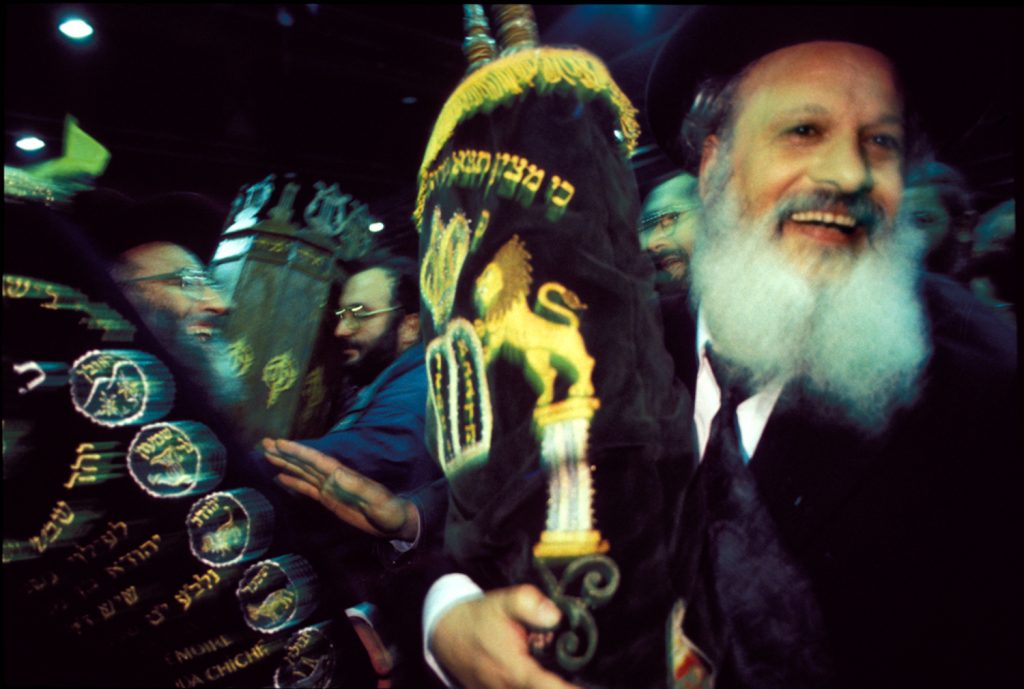
How did you meet these families? Are they friends or family?
Yes, I photographed my family, but at the very end of my reportage. I didn’t want to start with them, you don’t necessarily see what’s close right away. I contacted friends of friends, rabbis, associations. That’s how I went to Tunisia, (during this report on « my Sephardic ») to follow a group of Tunisian Jews in need of exile who were undertaking a tourist trip to find their home and participate in the pilgrimage from the synagogue La Ghriba to Djerba. I had made a small investigation before my departure and discovered that one of the oldest Jewish communities in the world was located in Djerba, in a small village called Hara Sghira. A small community of 700 souls still lived there, practicing ancestral traditions. So I stayed a little longer and then I took a real trip in the time. I found the origin of all these Arabic expressions of my grandmother, of her superstitions and traditions that were incomprehensible to me until then.
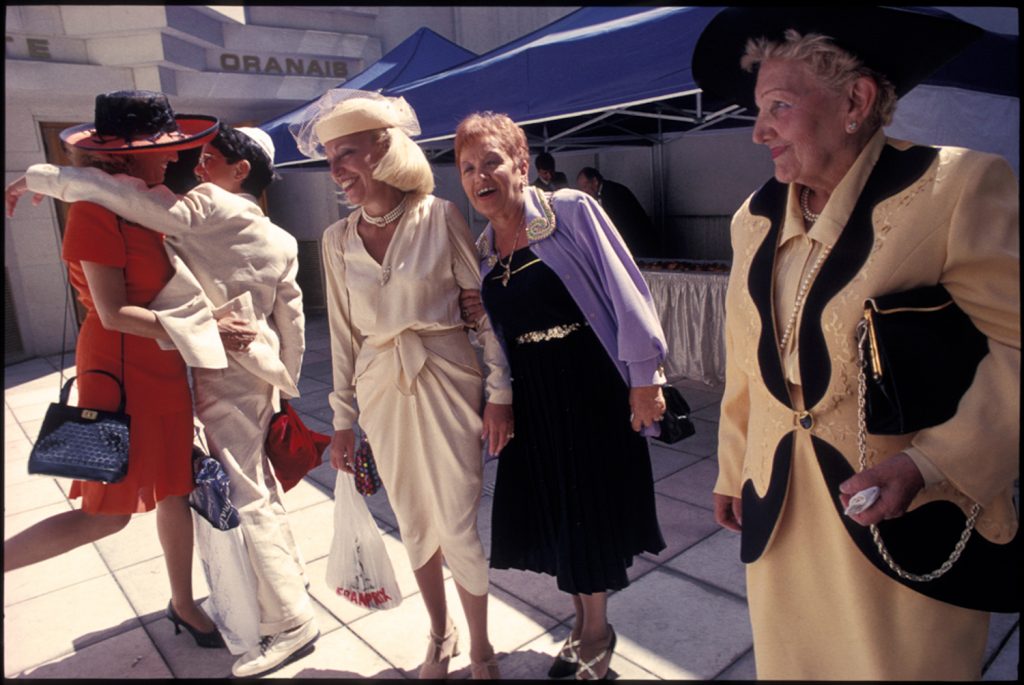
« This is what a report is all about, we move forward, we build, we immerse ourselves. We report and meet ourselves. I always photograph from my point of view, nothing is objective. »
How long did it take you to do this part?
In all, my work on the Sephardic Jewish community took place over a year, I wanted to set the rhythm for it by the different festivals that govern the life of the community. Looking back, when I look at my images, I realize that I have mainly photographed the family, the bond, the tenderness. But I also understood that what seemed to me like folklore until then was a real need for expression that most people in exile feel. A transmission problem. This is what a report is all about, we move forward, we build, we immerse ourselves. We report and meet ourselves. I always photograph from my point of view, nothing is objective.
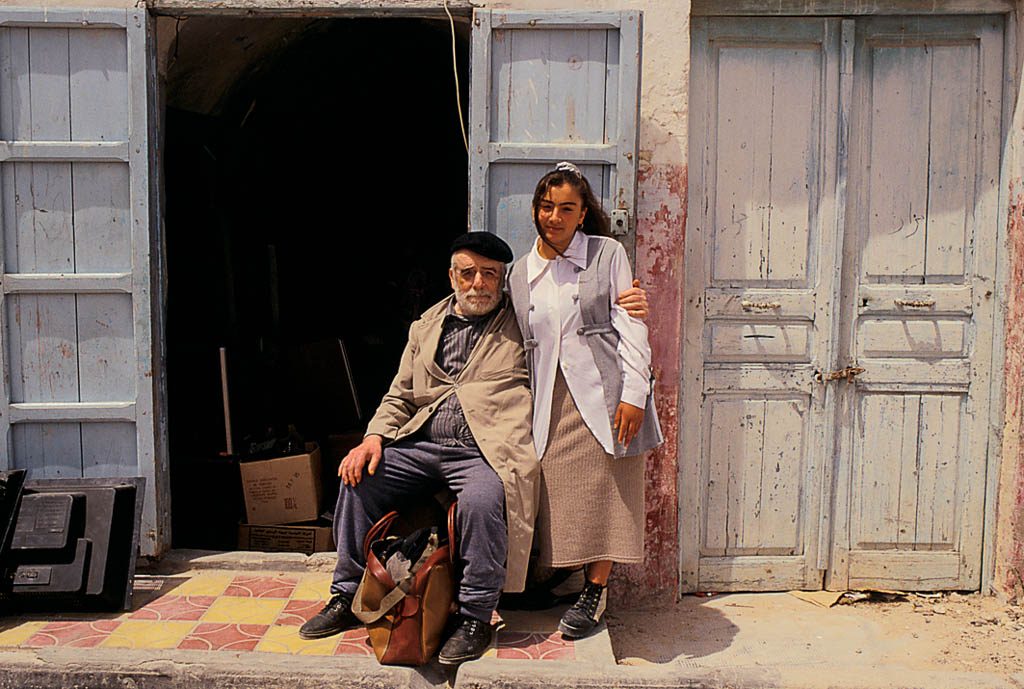
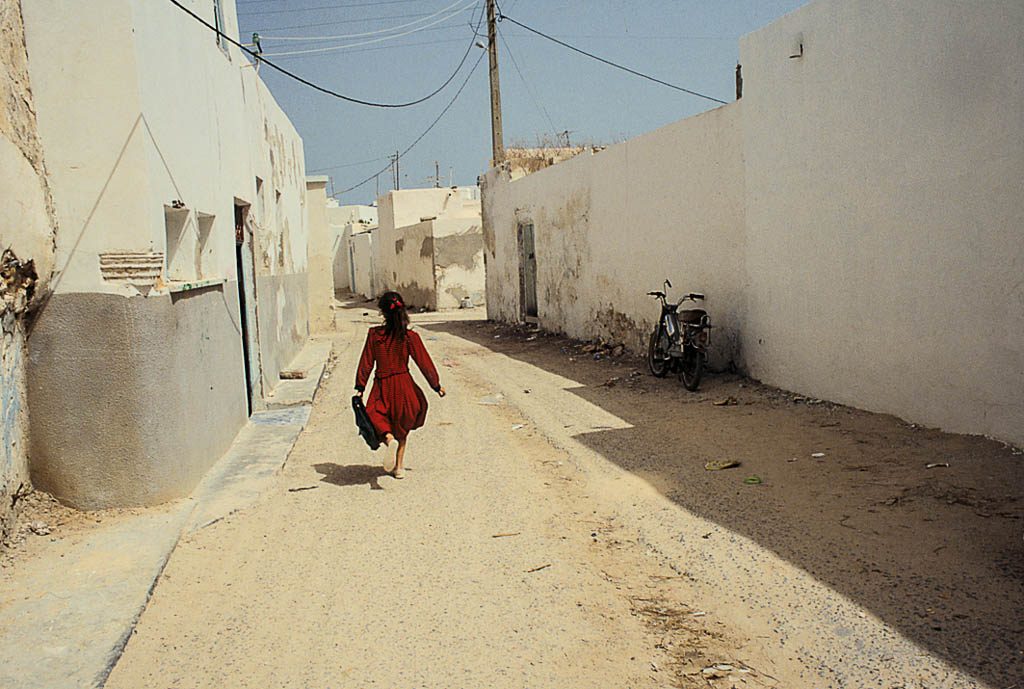
What is your relationship to photography?
I only like to photograph what touches me or questions me. My photography always goes from the inside out. But it is above all the human being that interests me, his loneliness, his joys, his doubts, his relationship with others. It’s a means of expression for me, without necessarily having to go and photograph misery or war, just look at the human being in front of me, who carries all his cracks and hopes. Today, my photography also tends towards a more contemplative aspect, perhaps. Travel diaries. I want to capture the beauty, the sensitive, the poetic, the energy of a moment, of a place. The street photography / documentary also fascinates me for all the possibilities it offers. Photography can be obsessive, but I can also do without it. When I work on a series or a report, that’s all I think about anymore, I can dream about the images I still have to make, the ones I missed. It becomes bulimic. But except an assignment or personal project, I never carry a camera around with me.
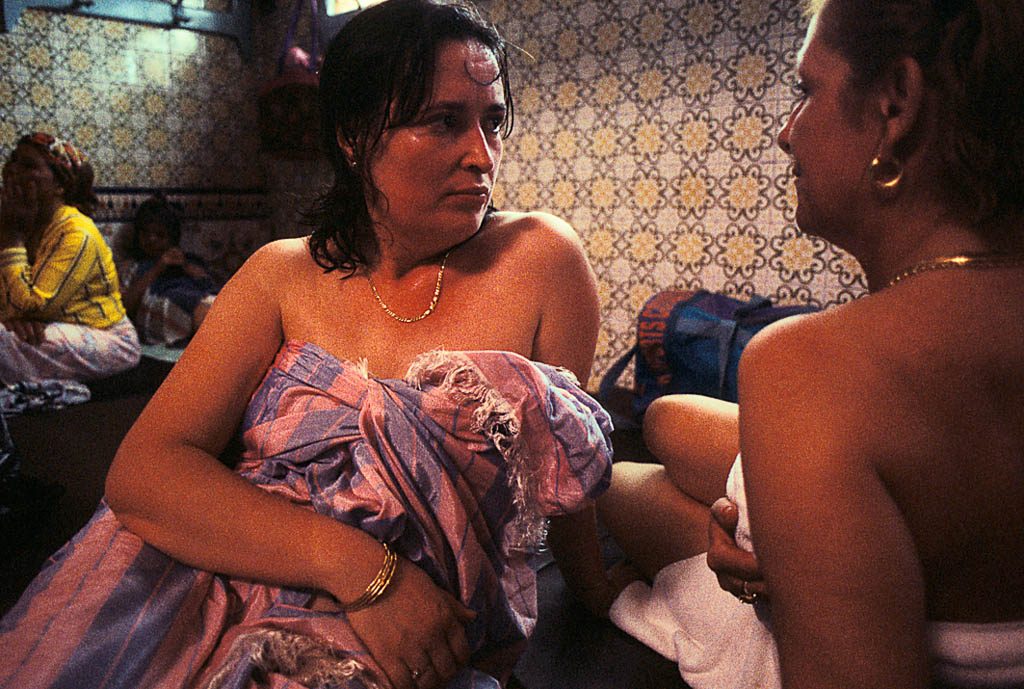
When you work on a subject do you have a specific method or does it change depending on the projects?
I investigate a little and immerse myself, depending on the subjects. Often I get contacts through associations or one meeting brings another. But it’s only at the beginning to create a real relationship, you have to persuade the people you’re going to photograph, explain to them the merits of your project. They must also get something out of it. The need to tell their story, to talk about them, to defend a cause. You show them your pictures, they may or may not like your photographic approach.
For the kibbutz, I contacted the Israeli Embassy to present my project to them. They helped me to make a list of the kibbutz and warned them of my arrival. Then I managed to deal with the people on the spot. I live a little with them, I create a privileged relationship with some of them. They often help you, show you things, introduce you to other people. I have an easy contact, people usually trust me. On the other hand, I have trouble imposing myself, breaking down barriers, insisting on getting something, I don’t like it. If I feel uncomfortable, I withdraw. I don’t take a political photograph to denounce anything, it’s more of an intimate photograph, so I need people’s endorsement, not their mistrust. After a while they forget me, I’m in an immersion and I photograph what I want.
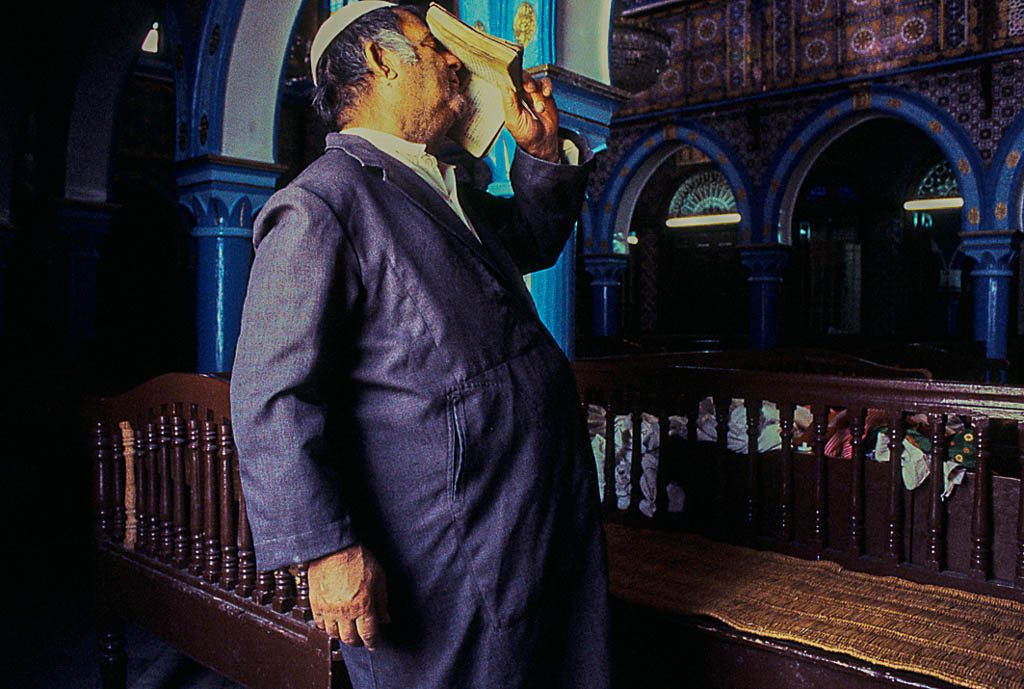
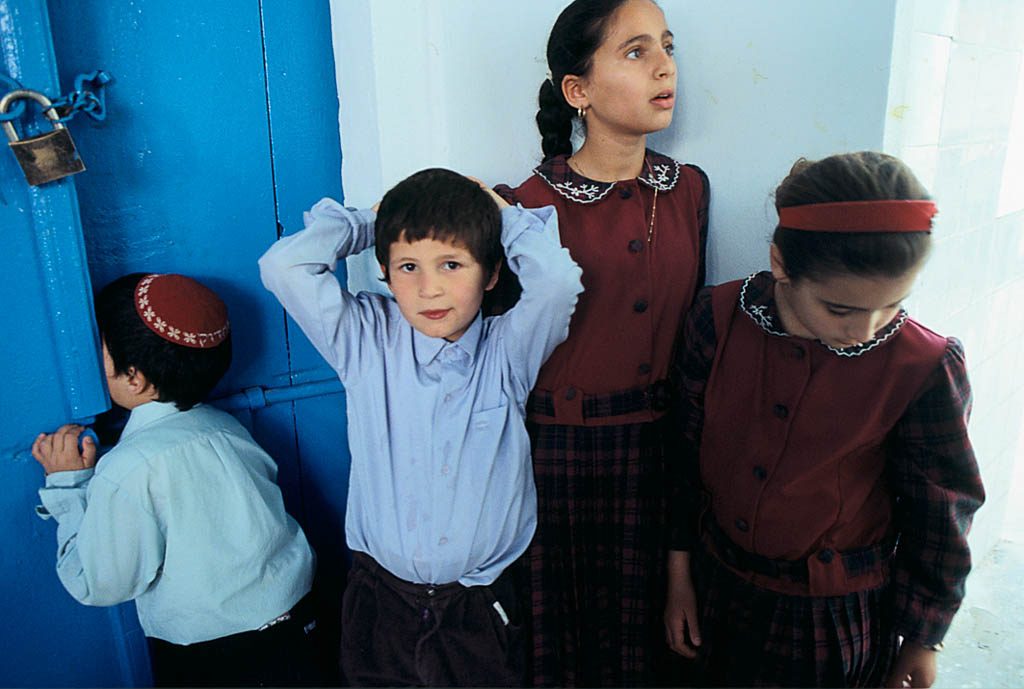
As a woman and mother photographer what is your experience on how to manage this work on a professional level with your personal life as a family ?
Oh yes, the key question! For me it was a little special and very complicated. As a woman, I had no problems, quite the opposite. I started in the 90s, there were very few women and I felt more pampered and appreciated in the professional world. I very quickly joined the Rapho agency, a rather prestigious agency at the time. I approached the subjects in a different way than my male colleagues and it rather helped to get interesting assignments and publications.
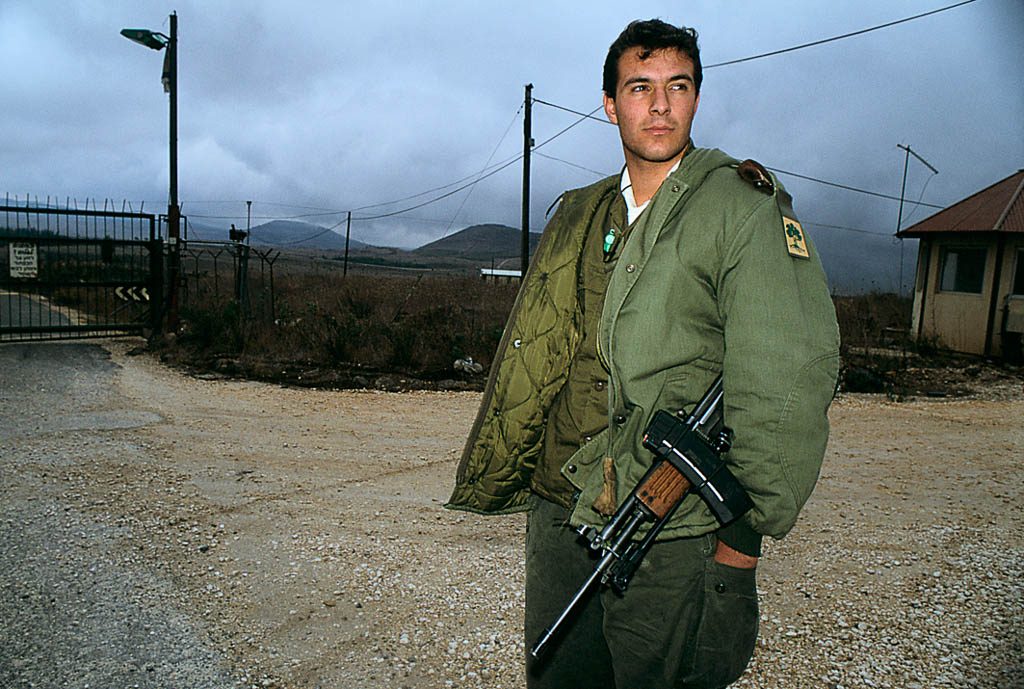
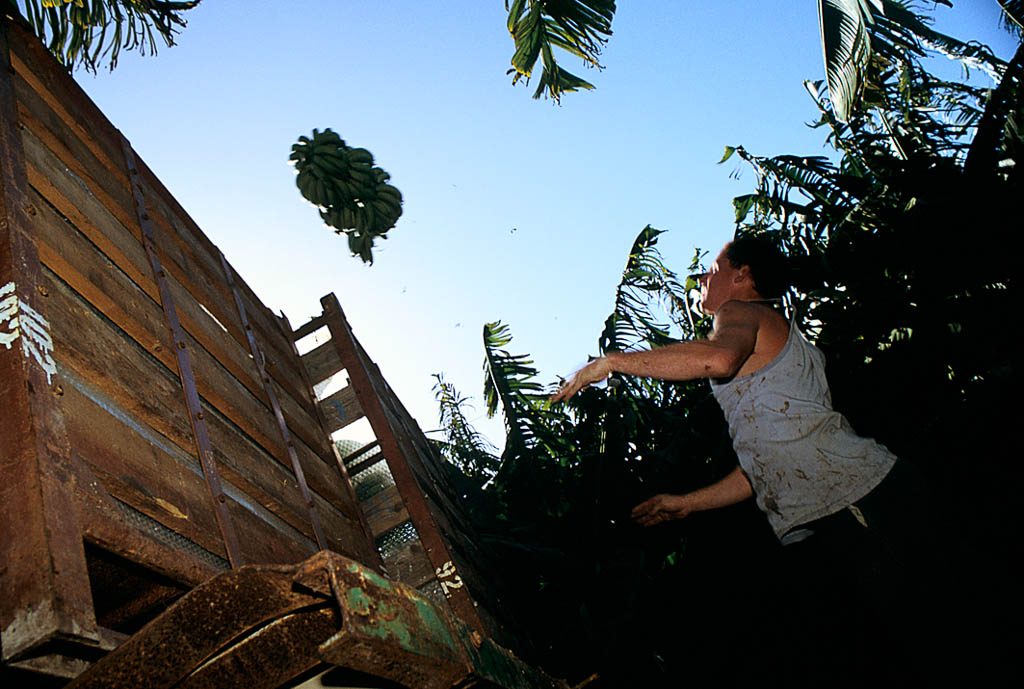
As a mother, my answer is quite different. I raised my daughter alone and lost both my parents at about the same time. Very quickly it was very difficult to manage. I didn’t have much help. The father took it every other weekend, but that wasn’t enough. It is difficult to organize oneself to respond to assignments often given at the last minute, at 4pm or 6pm I had to be home, it was no longer possible to be away for more than a day, no more openings (always at bath time) and other celebrations where we meet the people in the profession. Of course there are baby sitters, but it’s expensive and we don’t have necessarily want to get rid of his child. In short, the assignments were falling less and less, until not at all and I no longer had the energy, the availability of time and spirit to invest myself on personal matters. In about 2005, I made the decision to move on and made a 15 years break. I co-founded a web photography gallery and a photo workshop structure which gave me the opportunity to stay in the field and not completly lose track with the photography world. I have been back in my life as a photographer for about a year now.
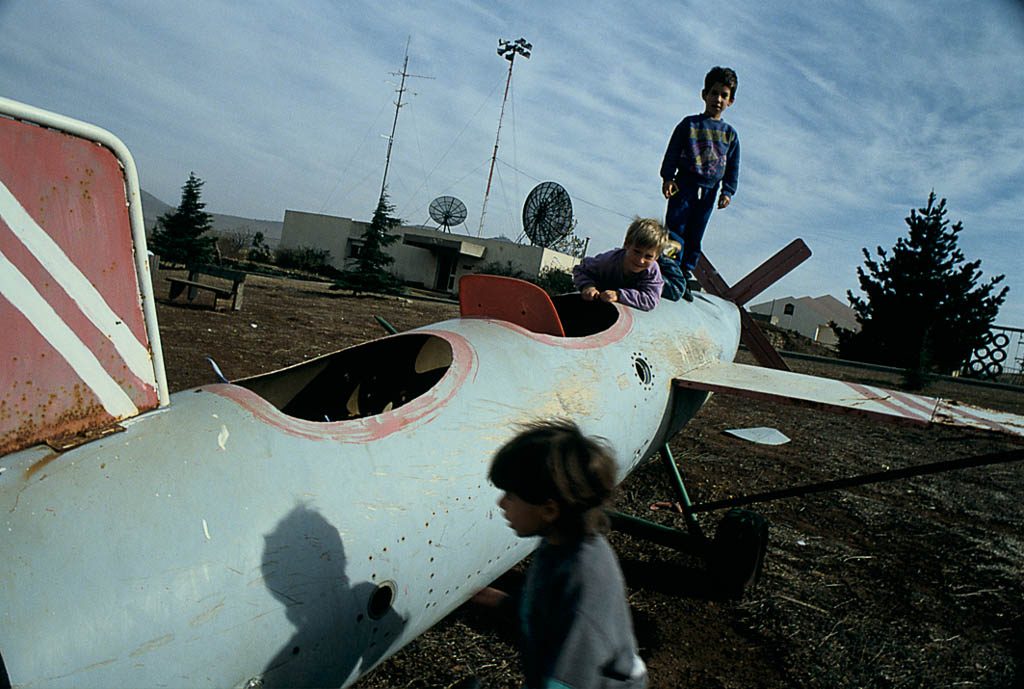
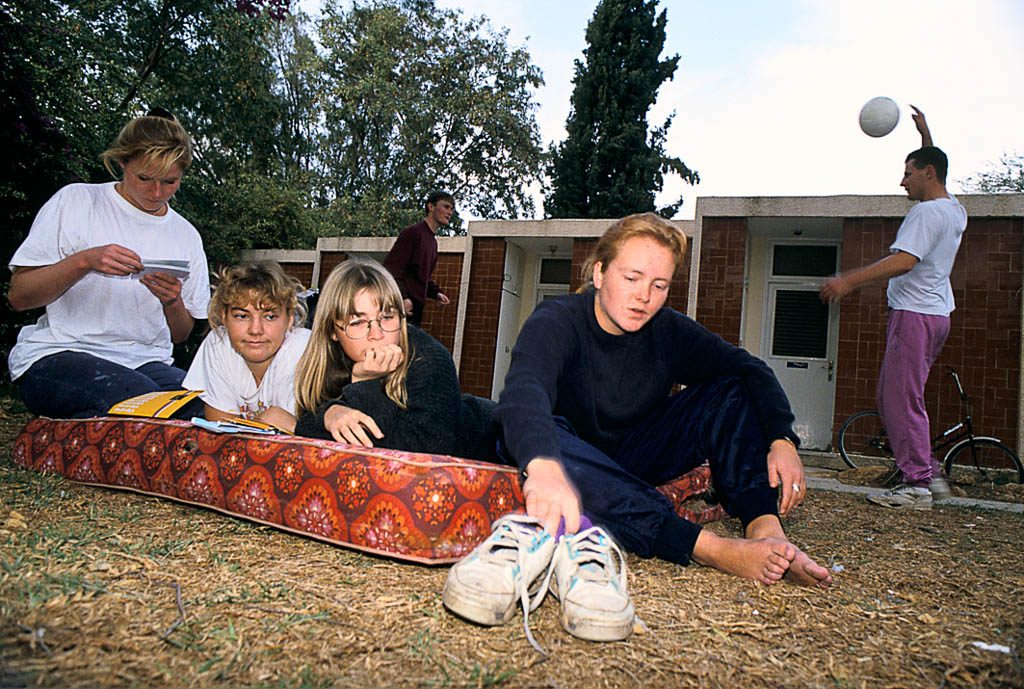
« It confirmed the profound meaning I gave to the photographic act, a personal search, an inner work, keeping traces, moving from intimate memory to universal memory. »
What are your influences in photography? Your first photographic emotions but also today a photographer or work who has made an impact on you?
I started photography in 1985 by making portraits of actors. I didn’t have a great photographic culture, what interested me was to do. And one day I came across a very small book by Sandra Eleta, a sensitivity of glance flirting between the portrait and the reportage that touched me a lot. So, I started looking through the photo magazines, visiting the exhibitions and I discovered the images of Joseph Koudelka’s « Gypsies », it was a real slap in the face. The strength of his gaze on the human being and the power of these framings. I think it was the trigger for my shift to reporting. Another important moment was the reading of Patrick Zachmann’s photo book « Enquête d’identité », a work on his family and his Jewish origins. It confirmed the profound meaning I gave to the photographic act, a personal search, an inner work, keeping traces, moving from intimate memory to universal memory. It took me 10 years to do my own work on my origins and the Jewish community. But most of my subjects are related to my life course.

Today, where are you in your career as a photographer? How do you look at your profession?
After a break of almost 15 years, (even if a photographer never really stops photographing) it takes a lot of humility to return to the professional world. The photographers of my age, the friends with whom I started out (people from Tendance Floue, Vue, my colleagues from Rapho, etc…) are now either very well known or have disappeared from the profession. I find myself starting over almost from scratch. I say almost because, of course, I have a certain experience, a lot of archives and reports, but I find myself in the middle of young photographers and photo editors who for the most part don’t know me, I have to readapt myself to another work system. At the same time, I also found the enthusiasm and freshness of a beginner! When I started photography, the internet and social networks didn’t exist. There were practically no scholarships, no open call dedicated to emerging photographers. It was difficult to promote your work. At that time, we only relied on sure values. I am amazed to see today how many opportunities a young photographer can have, now it is rather photographers over 40 years old who are penalized.
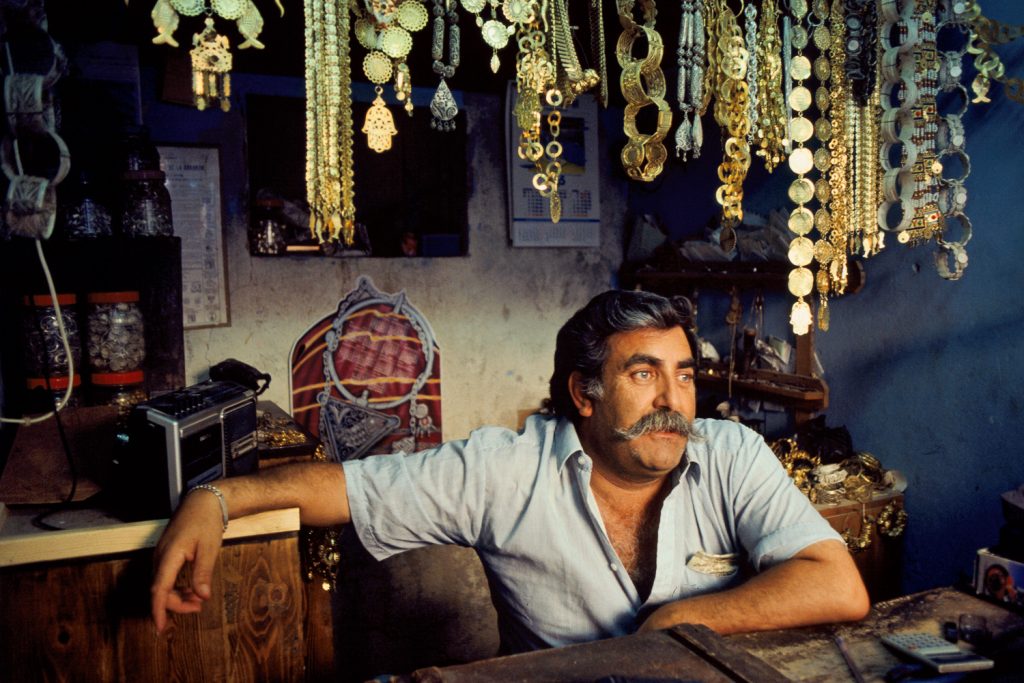
Among the different chapters of your work do you have a favourite photo / moment?
Yes, mother and child. This is the very first picture of my report, that is, the first click of the first film of the first day of my work. I would go to a Bar Mitzvah party, sit in a corner and smell the atmosphere of the place. A mother and her child come to sit next to me, she puts her hand on his forehead (as my mother did, as soon as I had a little headache) I see the Jewish mother in all its splendor, but I didn’t dare to lift the camera, I feel like a little intrusive in this intimate scene. Then comes an old lady who sits a little further away, then an old man comes happy to see her and takes her head in his hands, probably the brother and sister. The whole scene is set up, there in front of me everything I wanted to say, suddenly summarized in an image, on two layers, so quickly I bring the camera to my eye and there the moment of grace, two stories that mix, two stories of connection.
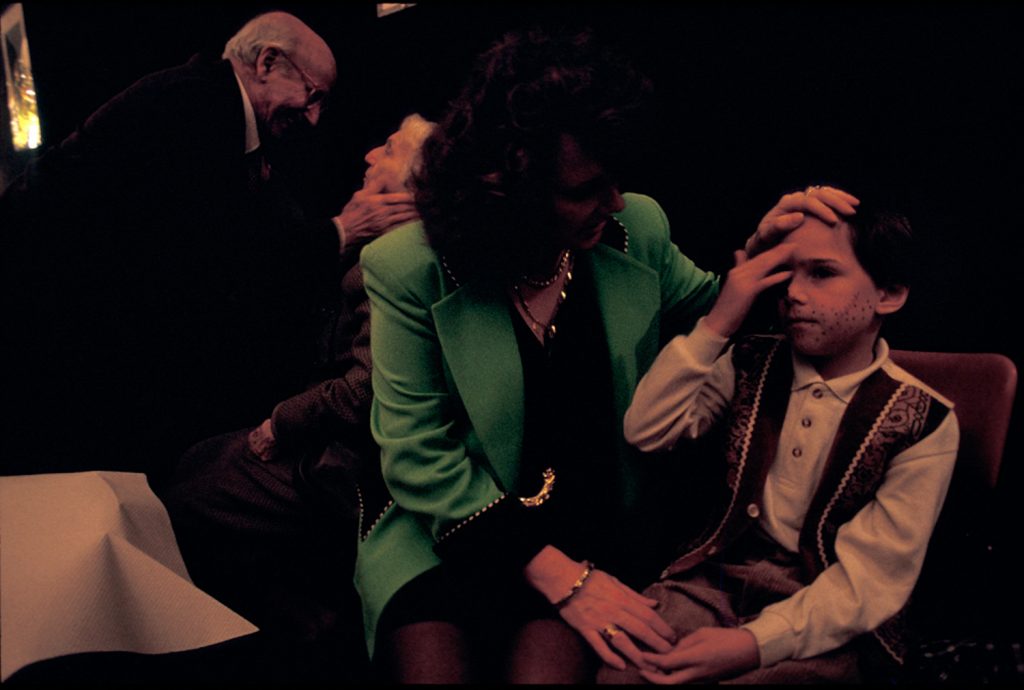
Do you have any plans or story to come?
This summer I just finished a series on « Les bords de Mer » (the seaside), a look at the beaches of the Côte d’Azur, south of France, the region of my childhood and adolescence. And I’m starting my work on the Copernic synagogue in Paris. A one-year immersion in the life of a synagogue: daily life, behind the scenes, major events. Then we’ll see, I let the unexpected guide me.
Your Top 5 photobooks?
Koudelka , Les Gitans (Gypsys)
Alex webb , the suffering of light
Larry Towell , Les Mennonites
Bruce Davidson , Outside / Inside
Chris Killip , In Flagrante
Interview by Kalel Koven
Photographer’s Links: Website – Instagram – HL profile
« Sepharad my origins » will be published (Dec. 2018) as a zine by Revers Editions
Pre-order now here

